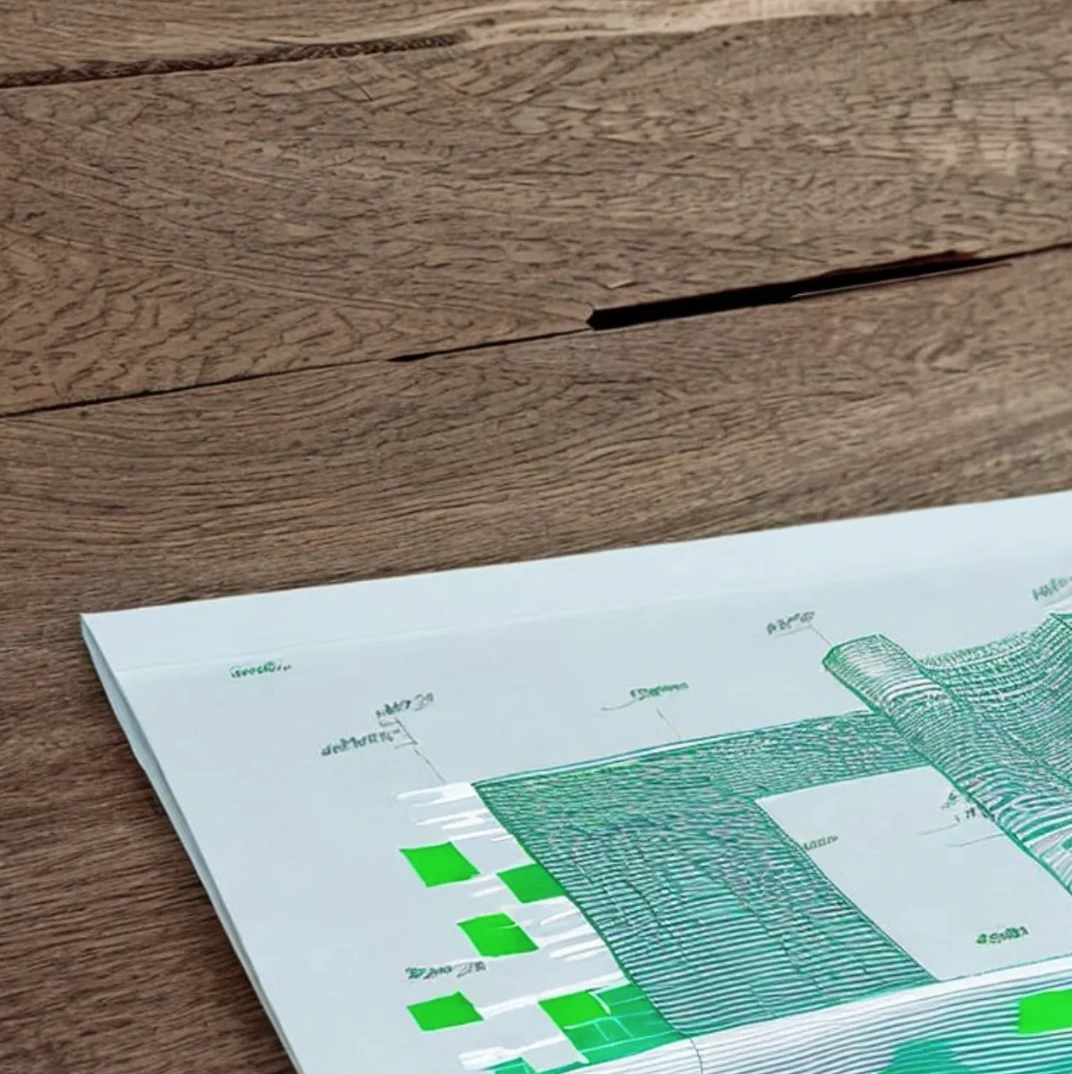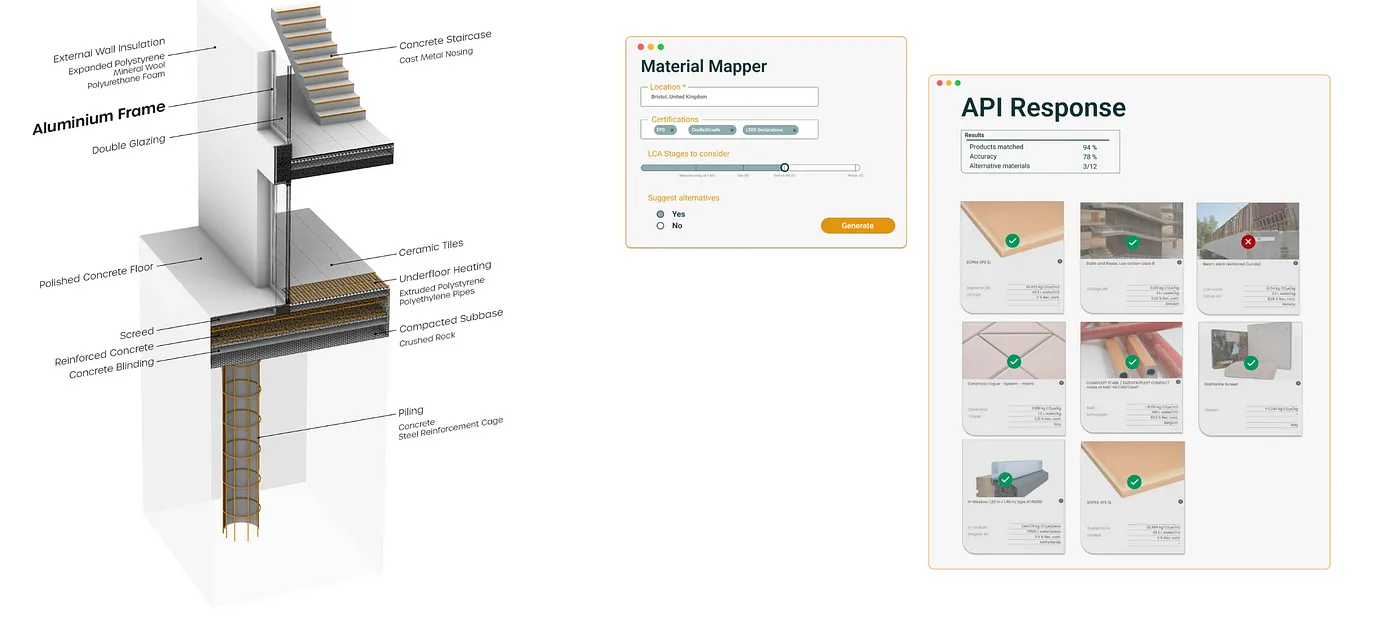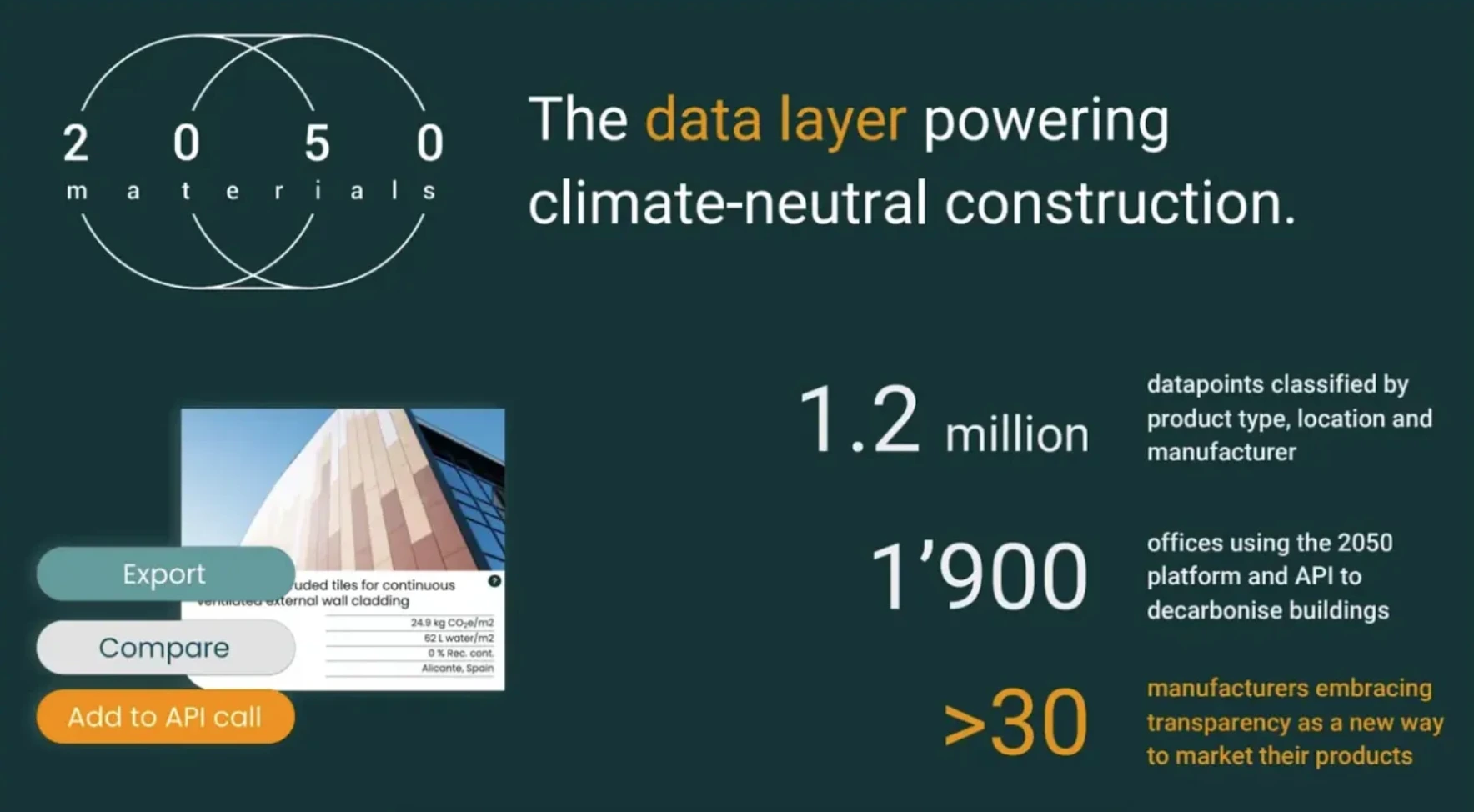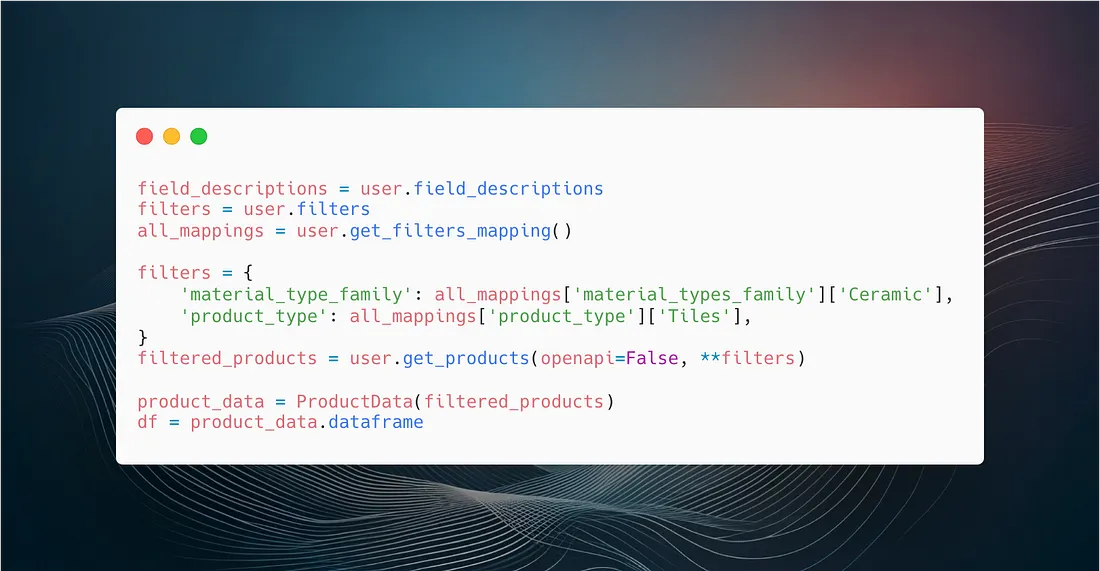Why Architectural Technologists Will Be the Sustainability Champions of the Future

 In a world grappling with the challenges of climate change, the role of architectural technologists is becoming increasingly vital. These professionals, armed with their expertise in technology and building design, have the potential to drive sustainability initiatives and become the champions of a greener future. By incorporating sustainable practices into their work, architectural technologists can play a crucial role in reducing both operational and embodied carbon emissions in the built environment.
In a world grappling with the challenges of climate change, the role of architectural technologists is becoming increasingly vital. These professionals, armed with their expertise in technology and building design, have the potential to drive sustainability initiatives and become the champions of a greener future. By incorporating sustainable practices into their work, architectural technologists can play a crucial role in reducing both operational and embodied carbon emissions in the built environment.
What are architectural technologists?
Architectural technologists are professionals who bridge the gap between design and construction. They possess a deep understanding of building science, materials, and construction techniques, enabling them to translate architects’ designs into practical and functional solutions.

Today, these technologists rely on a range of tools to assist them in their work. Building Information Modeling (BIM) software, for example, allows them to create detailed 3D models of buildings, facilitating collaboration, visualization, and data analysis. They also employ simulation tools to evaluate the energy performance of buildings and make informed design decisions.
Technology and climate change
The impact of technology on climate change cannot be overstated. Advancements in technology have opened up new possibilities for sustainable design and construction practices. However, reducing operational emissions is just one part of the equation. The building industry must also address the issue of embodied carbon, which refers to the emissions associated with the production, transportation, and disposal of building materials. It is estimated that embodied carbon can account for up to 11% of global carbon emissions.
Architectural technologists and the possibility to influence climate change
Architectural technologists are uniquely positioned to incorporate sustainability into the tools and processes they develop. By integrating sustainable design principles into BIM software and simulation tools, they can “nudge” designers towards climate-neutral designs. For example, these tools can provide real-time feedback on the environmental impact of design decisions, such as the choice of materials or building orientation. By visualizing the potential energy performance and carbon footprint of different design options, architects can make more informed choices and prioritize sustainability from the early stages of a project.
Garbage in, Garbage out — Data gaps
However, there is a significant challenge that architectural technologists face when it comes to sustainability: the lack of easily accessible and accurate data. Particularly concerning is the limited availability of data related to embodied carbon and the environmental impacts of building materials. Without this information, it becomes difficult to make informed decisions that truly minimize the carbon footprint of buildings.

3 ways to build a sustainability dataset
- Manually collect and maintain data:
Technologists can work closely with manufacturers, suppliers, and industry associations to gather accurate and up-to-date data on the embodied carbon and environmental impacts of building materials. This would involve creating a comprehensive database of product-specific information, ensuring that designers have access to reliable data during the design process. - Base their tools/models on generic free databases:
While not ideal, architectural technologists can make use of existing generic databases that provide basic information on building materials and their environmental characteristics. However, caution must be exercised as these databases may be outdated or lack the specificity required for accurate assessments. - Incorporate API-first solutions such as 2050 Materials’s API: Technologists can leverage emerging solutions like the 2050 Materials API, which provides a comprehensive database of building materials and their embodied carbon data. By integrating these APIs into their software and tools, architectural technologists can access accurate and up-to-date information, ensuring designers have the necessary data to make sustainable choices.

No time to waste
In conclusion, architectural technologists have a pivotal role to play in driving sustainability in the built environment. By incorporating sustainability data into the tools and processes they develop, they can guide designers towards climate-neutral designs, and have an immensely positive impact on the world.
However, addressing the lack of accessible data on embodied carbon and material impacts is crucial. Through a combination of manual data collection, reliance on generic databases, and the integration of API-first solutions, architectural technologists can build the necessary resources to enable sustainable decision-making in the industry. With their expertise and commitment to sustainability, architectural technologists are poised to become the sustainability champions of the future.

To find out more, reach out to us at api@2050-materials.com
Related articles

In order to measure biodiversity value and foster a future that is nature positive, Ramboll launches Metric
The Americas Biodiversity Metric 1.0 is a free biodiversity quantification tool that assists businesses and organizations in achieving their sustainability objectives, which include no net loss of biodiversity, net gain of biodiversity, and transitioning to a more nature-positive state.
Read more
AECData Python Library Step 3— Visualizations & Statistical Analysis
Using the open-source Python package aecdata to do statistical analysis and plot graphs.
Read more
AECData Python Library Step 2— Get filters and retrieve product data
Get your first data table with AECData.
Read more